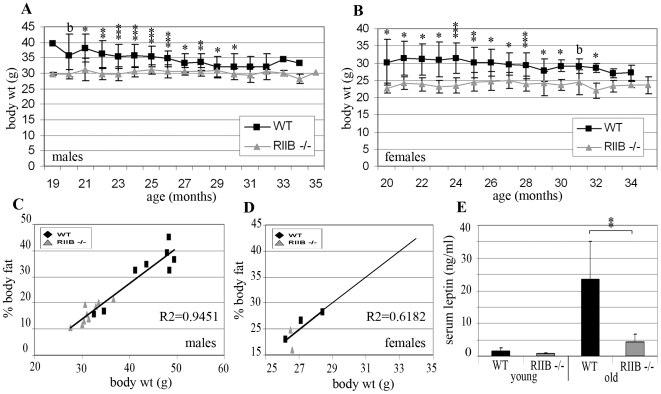Figure 2. RIIβ−/− mice are resistant to age-related obesity.
A,B. RIIβ−/− mice maintain lower body weights than WT littermates. Body weights for RIIβ−/− and WT littermates were measured weekly beginning at 19 to 24 months of age. Measurements were started with 15 mice per gender per genotype. Measurements taken in the last month of each individual mouse's life were not included. Each point represents a mean. Error bars represent standard deviations. N≤15 (sample size decreased with time). b = borderline significance; *P<0.05; **P<0.001; ***P<0.0001 (as determined by Student's t-test). C,D. Body weight and body fat are directly proportional. Body weight and percentage body fat were measured in both old (18 month old) males and females (8 WT and 9 RIIβ−/− males; 3 heterozygous RIIβ+/− and 2 RIIβ−/− females) and found to be directly proportional for both genders (R2 = 0.9774 and 0.6182, respectively). E. Old RIIβ−/− mice are resistant to age-induced increases in serum leptin. Serum leptin for young (2 month) and old (16 month) male, RIIB−/− and WT littermates (5 WT and 4 RIIβ−/−; and 8 WT and 9 RIIβ−/−, respectively). Data presents as means. Error bars represent standard deviations. **P<0.001.

